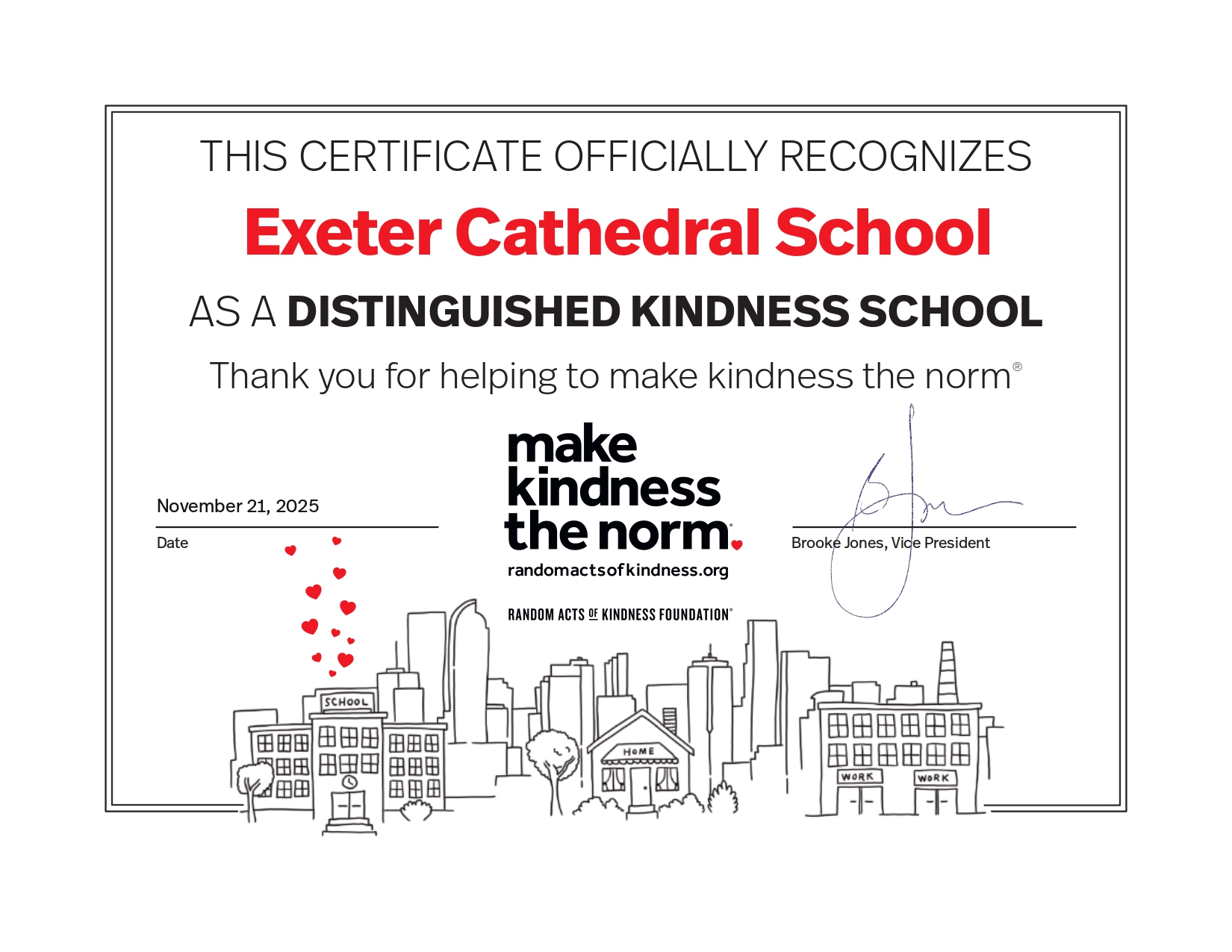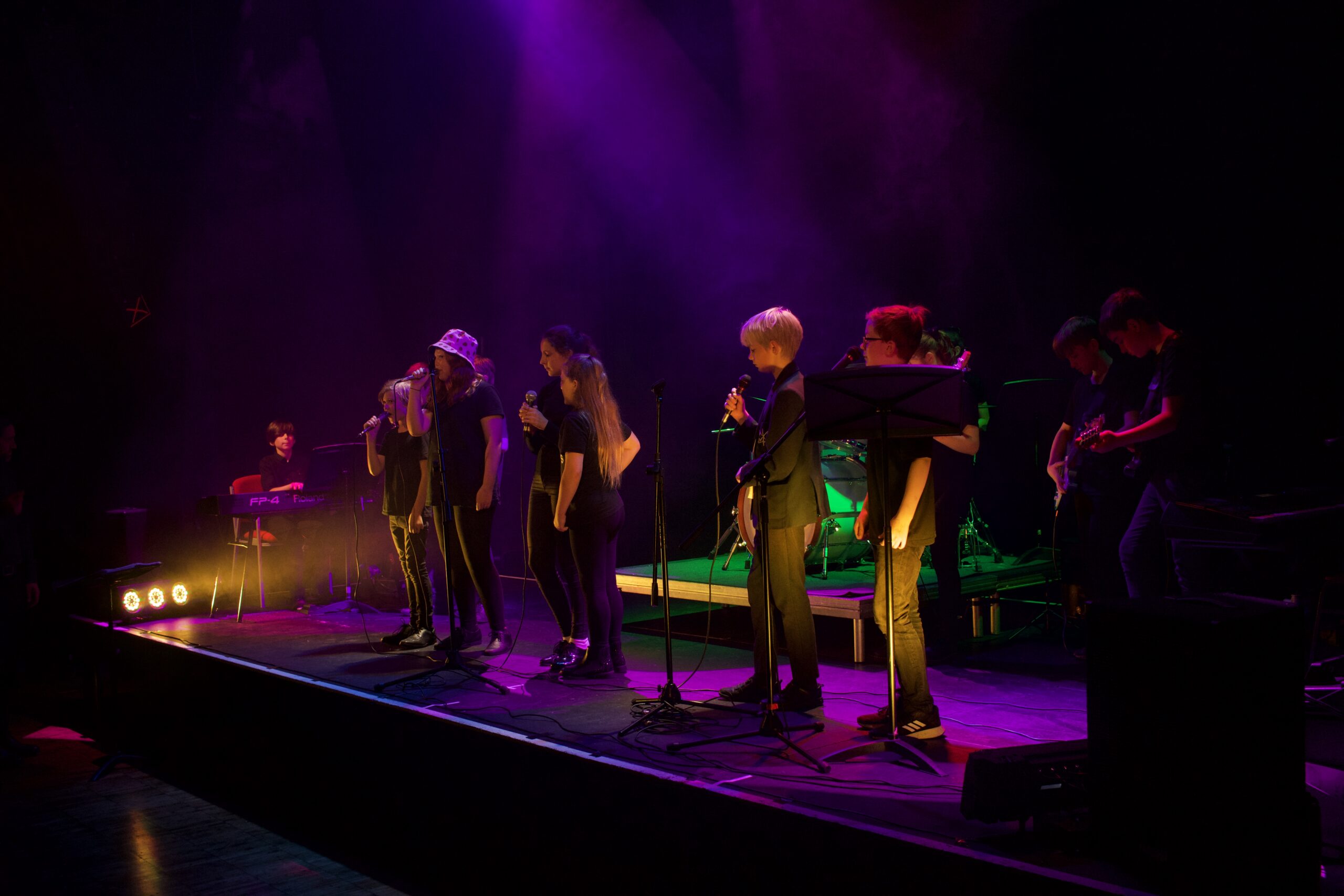On the first Wednesday of this term, in our Cathedral, there was a ECS Eucharist for the start of term, at which most of the Prep School and Staff were present. I tried to keep it as simply as possible, not only because of the time constraint, but also I was aware that there would probably be some who wouldn’t be receiving communion. From the faces and from conversations I’ve had since, I realised that I assumed too much. For many of the girls and boys, they have probably not had much if any experience of being present at a Eucharist, let alone receiving communion. I assumed too much! Thus, I thought it might be helpful if I spent a few weeks, gradually explaining some of the background and symbolism of the Eucharist in these letters, as well as try to shed some light in the context of assemblies, which are largely now held in the Cathedral Chapter House.
Basic Words
This letter is an introduction. The following weeks I will give attention to particular aspects of the Eucharist.
- First, and importantly, is the meaning of the word ‘Eucharist’. It comes from a Greek word ‘Eucharistō’, meaning ‘I thank, or give thanks’. Greek was one of the early languages in which Christians spoke and wrote. Giving thanks is an offering. I offer myself to be of the Body of Christ, by receiving the Body of Christ (in Bread and Wine) deeply within myself.
- Second, there’s an important word that will help you to understand the specific Christian significance of the word. ‘Worship’, (or ‘wor(th)ship’) which simply put, means ‘giving worth to God’: how a Christian community comes together to pray and express its love for God together.
- Third, the word ‘Liturgy’ comes from another Greek word meaning ‘work of/for the people’. In order to love someone, you have to put some work into it.
So Liturgy is the means by which Christians come together to ‘Worship’. Some of these ‘means’ are the resources, the words, the music, the drama, the ritual, the art, all deepened by prayer, which are used in Worship.
The Liturgy of the Eucharist’ is the shape, form and resources that are brought together, with great care and preparation. I like to think of Liturgy in five distinct but not separate parts. The number ‘five’ is important as Christ’s crucifixion entailed the Five Wounds: the Wounds of Love.
- The Gathering.
- The Confession.
- The Word.
- The Sacrament. The bread and wine as the Body and Blood of Christ.
- The Sending Out.
The community comes together in order to leave! …leave as the Body of Christ.
Next week, I’ll introduce you to ‘The Gathering’.
Meanwhile, if you’re interested in pursuing this at more depth in terms of your commitment, or that of your child(ren), then please do get in touch with me. This may lead to confirmation, which is the commissioning of a baptised Christian to be a serving ‘instrument’ of the Peace and Love of Christ. This commissioning involves preparation and receiving communion in the context of the Eucharist, as part of what it is to be the living Body of Christ now.
Bishop Martin Shaw
ECS Chaplain







